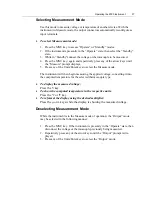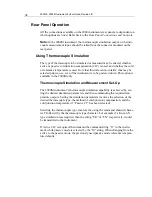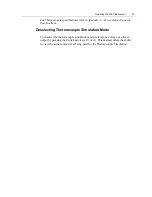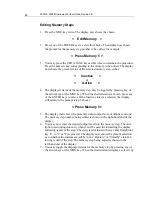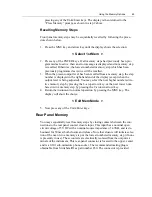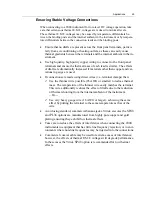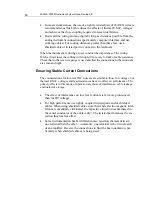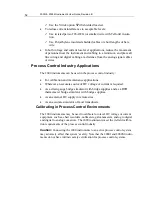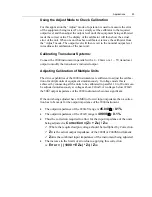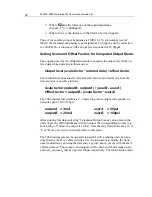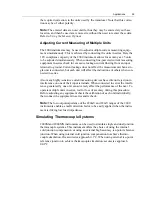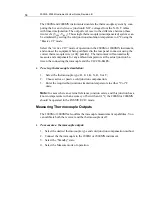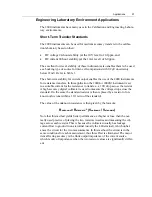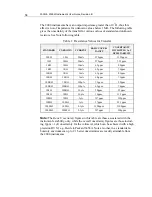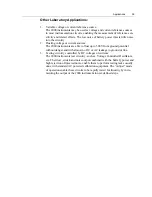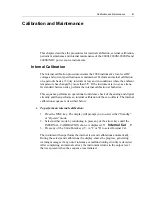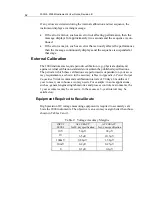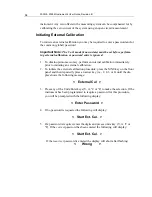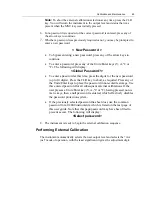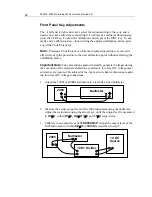
Applications 51
When dealing with low-level DC currents at high compliances, the effects
of leakage currents become dominant. To limit leakage use the correct in-
sulation throughout the cabling, and keep all connectors and front panels
free of grease and dirt. Note that most low-level leakage currents are
non-ohmic in nature and tend to be a constant current leakage for com-
pliances above a few hundred millivolts. Insulators with high-insulation
resistance ratings measured at several hundred volts may not exhibit this
performance when operated at low levels.
For general use P.T.F.E. (known as Teflon®) is effective for low lea-
kage performance. Keep free of grease.
For high compliance voltages use Polyethylene or Polypropylene to
lessen the effects of dielectric storage, which results in long settling
times. Polyethylene is the insulation used in most high-quality shielded
cables.
To eliminate leakage problems without long settling times use
non-insulated wiring and maintain an air gap between wires. However,
this method may cause excessive interference problems if the cables
are long or the environment is particularly adverse.
Route connecting cables with regard to line wiring. Low-level DC currents
are sensitive to interference where high impedance levels are involved. In
extreme cases the connection of a high quality Polypropylene capacitor
(usually 10nF) across the terminals of the
instrument may be used, but the
effect on settling time (particularly at high compliances) must be consi-
dered.
A primary source of interference is the movement of personnel near the
cables. This effect is caused both by the perturbation of the line frequency
field near the person and the direct change in capacitance between the per-
son and the cabling. These effects are reduced by using shielded or twisted
pair cables, and may be further reduced by employing anti-static proce-
dures in the surrounding environment to reduce the DC potential between
the moving person and the cabling. In general, the only method of elimi-
nating this problem is to avoid excessive movement near the cables, and to
keep these cables as short as possible.
Low-Level Application Summary
To reduce thermal E.M.F. voltage interference to acceptable levels:
Use twisted pairs of 26 AWG (or smaller) wire.
Summary of Contents for Xitron 2000 Series
Page 1: ...USER GUIDE 2000 Family DC Temperature Source Instruments...
Page 2: ......
Page 18: ...2000I 2000M Instrument s User Guide Revision B 18...
Page 42: ...2000I 2000M Instrument s User Guide Revision B 42...
Page 47: ...Using the Memory Options 47...
Page 60: ...2000I 2000M Instrument s User Guide Revision B 60...
Page 91: ......
Page 92: ...2000I 2000M Instrument s User Guide Revision B 92...
Page 95: ...Appendix B General Specifications 95...
Page 97: ...Password Page 97...

